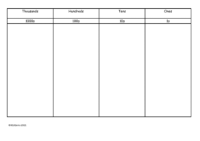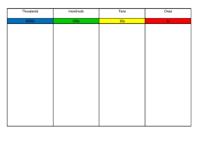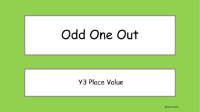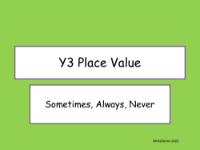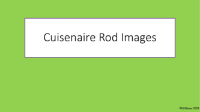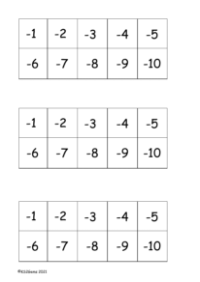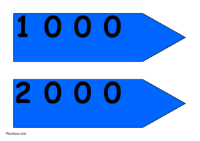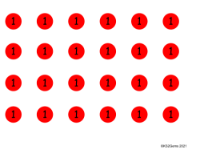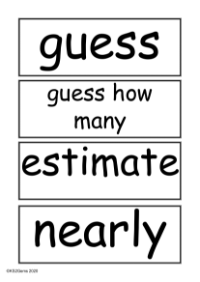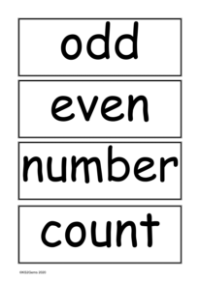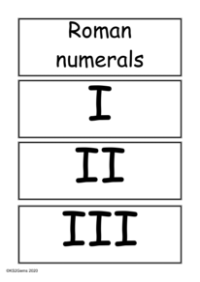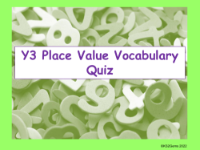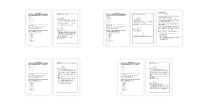Vocabulary - Place Value

Maths Resource Description
The vocabulary related to place value is fundamental in understanding the numerical system, especially for KS2 students. Concepts such as 'units' or 'ones' refer to the single digit value in a number, while 'tens' and 'hundreds' represent the value of digits in other positions. The term 'digit' itself signifies a single numeral, ranging from 0 to 9, and forms the building blocks of numbers. 'One digit number', 'two digit number', and 'three digit number' describe numbers with the respective amount of digits, each increasing in value and complexity. Understanding these terms is crucial for grasping the base-ten structure of our number system.
Additional vocabulary includes terms like 'teens' number, which relates to numbers between 13 and 19, and 'place value', which is the value a digit holds based on its position within a number. Words such as 'stands for', 'represents', and 'exchange' are used to describe numerical operations and equivalences. Comparative terms like 'as many as', 'equal to', 'greater', 'more', 'larger', 'bigger', and their opposites 'less', 'fewer', 'least', 'lowest', 'smallest', help in evaluating and comparing numbers. 'Greatest', 'most', 'largest', and 'biggest' are used to identify the highest value, while 'one more', 'ten more', and 'one hundred more' denote incremental increases, and 'one less', 'ten less', 'one hundred less' indicate decreases. These terms enable students to understand and articulate mathematical concepts and relationships between numbers effectively.
